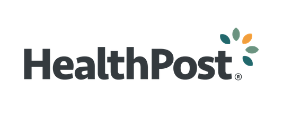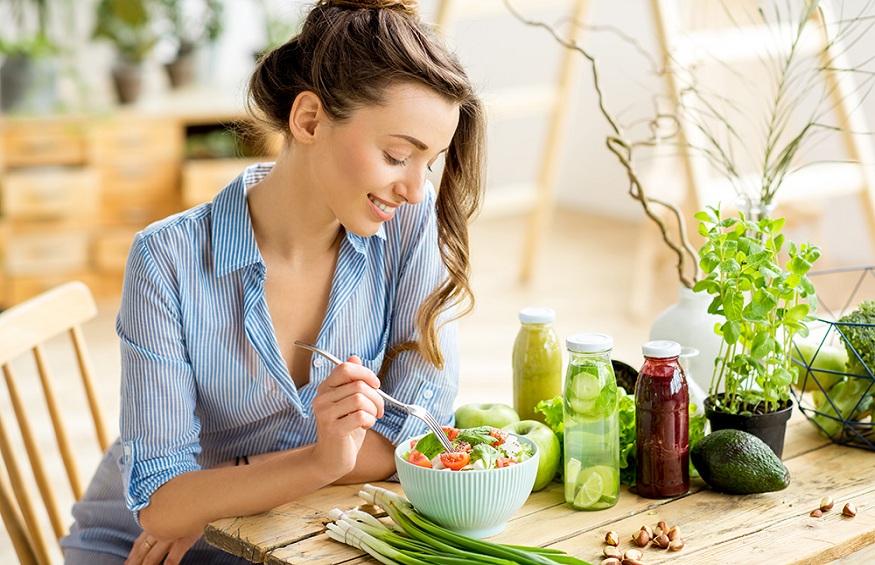Around the world, the coronavirus disease (COVID-19) epidemic is disrupting the lives of families. With schools and nurseries closed, many parents have to juggle day-to-day between childcare and full-time work, in addition to their other obligations. In this context, thinking about the composition of meals is not easy every day.
To make matters worse, supply disruptions resulting from panic buying have made some foods difficult to find. Shopping has also become a financial headache for many people affected by unemployment and loss of income.
While many parents naturally turn to convenience how to eat healthy foods and processed foods to save time and feed their families at a lower cost, there are other practical, economical and healthy solutions. Here are five tips for maintaining a varied and nutritious diet, conducive to the growth and development of children, while instilling good eating habits.
Maintain a fruit and vegetable intake
Buying, storing and preparing fresh vegetables can be difficult during confinement, especially since parents are advised to limit travel as much as possible. Whenever possible, however, it is important to ensure that enough fruits and vegetables are included in the children’s menu.
Get fresh produce whenever you can. Also remember to freeze your fruits and vegetables. This will retain most of their nutrients and flavor. Another solution: prepare soup in large quantities and cook stews or other vegetable dishes. You can thus consume it for several days or freeze the surplus, which you just need to reheat quickly.
Replace fresh products with dry or canned foods, if necessary
Fresh produce is almost always the ideal choice, but if you can’t find it, there are plenty of healthy alternatives that are easy to store and prepare.
Canned beans and chickpeas are very nutritious and can be used in countless ways. You can also store them for months or even years. Canned fatty fish, such as sardines, mackerel, and salmon, are high in protein, omega-3 fatty acids, and vitamins and minerals. You can cook them or eat them cold in a sandwich, in a salad or with pasta.
Canned vegetables, like tomatoes, often lose some of their vitamins, but they’re a great fallback when you’ve run out of fresh or frozen produce.
Dry foods such as beans, legumes and cereals (lentils, split peas, rice, wheat semolina or quinoa) have the advantage of keeping for a long time and presenting interesting nutritional contributions, in addition to being tasty, economical and satiating. For a nutritious breakfast, you can cook rolled oats in milk or water and enjoy them with yogurt, pieces of fruit or raisins.
Stock up on healthy snacks
Children often need a snack or two a day to replenish their energy. Instead of giving them sweet or salty foods, opt for healthier products: nuts, cheese, yogurt (preferably unsweetened), fresh or dried fruit, hard-boiled egg or other local choice. These solutions are nutritionally better and more satiating. Plus, you’re helping your kids develop healthy eating habits that they’ll stick with for life.
Limit Highly Processed Foods
Although it can sometimes be difficult to get fresh produce, try to limit the amount of highly processed foods when shopping. Prepared meals, snack products and industrial desserts are often high in saturated fatty acids, sugars and salt. If you buy processed foods, check the label to identify those that contain less of these substances and choose the healthiest option. Also avoid sugary drinks and drink plenty of water. For more originality and flavor, flavor your water by dipping fruit or vegetables into it: lemon, lime, cucumber slices, red fruits, etc.
Make meals and their preparation a fun and important moment in your daily family life
Cooking and eating together is a great way to establish a healthy lifestyle, strengthen family bonds and have a good time. Involve your children as much as possible in the preparation of meals: the youngest will help you wash or sort the food, while the older ones will tackle the more complex tasks and can set the table.
Try as much as possible to have your family meals at fixed times. The framework and the rhythm thus established contribute to reducing the anxiety of the children in the current circumstances, generating stress.
Breastfeeding advice
Breast milk remains the preferred food for children aged 6 to 24 months and beyond. Women with COVID-19 can continue to breastfeed if they wish, while respecting hygiene instructions: wear a mask (if available) while breastfeeding; wash their hands before and after touching their baby; and regularly clean/disinfect the surfaces they have been in contact with. If they are unable to breastfeed due to the virus or other complications, mothers should be encouraged to use all available means to provide breastmilk to their newborns.
Food hygiene tips during the coronavirus disease (COVID-19) outbreak
While there is currently no evidence of transmission of the coronavirus disease (COVID-19) through food or its packaging, the possibility of contracting the infection by touching a surface or object contaminated with the virus, then touching his face, cannot be ruled out. However, the greatest risk is still incurred during close contact with other people in supermarkets or when receiving food. As always, it is important to observe good hygiene when handling food to prevent foodborne illness.
Remove all unnecessary packaging and dispose of it in a dustbin with a lid. Before opening or storing them, you can disinfect certain packaging, such as cans. Immediately afterwards, wash your hands by rubbing them for at l

